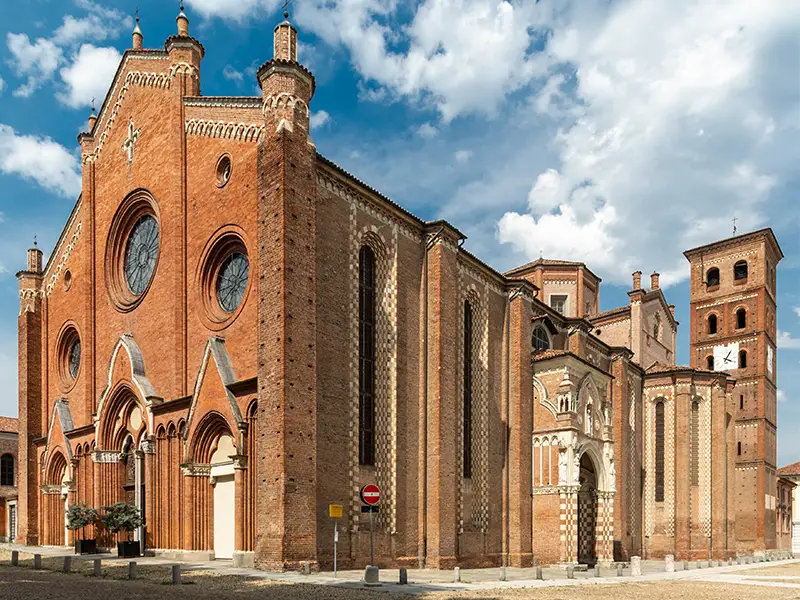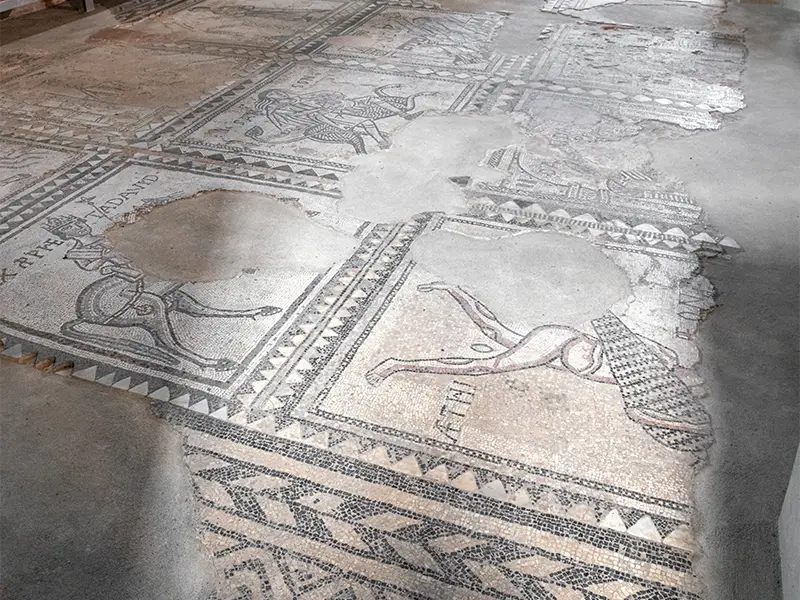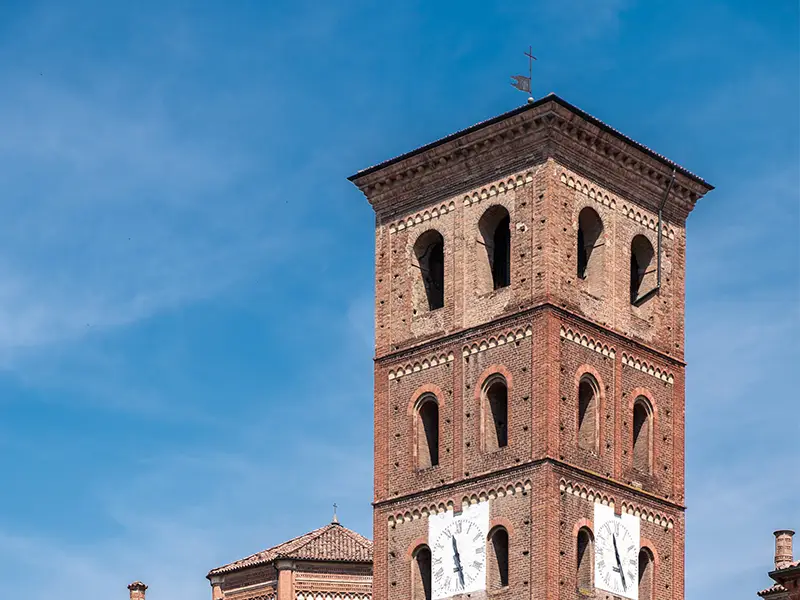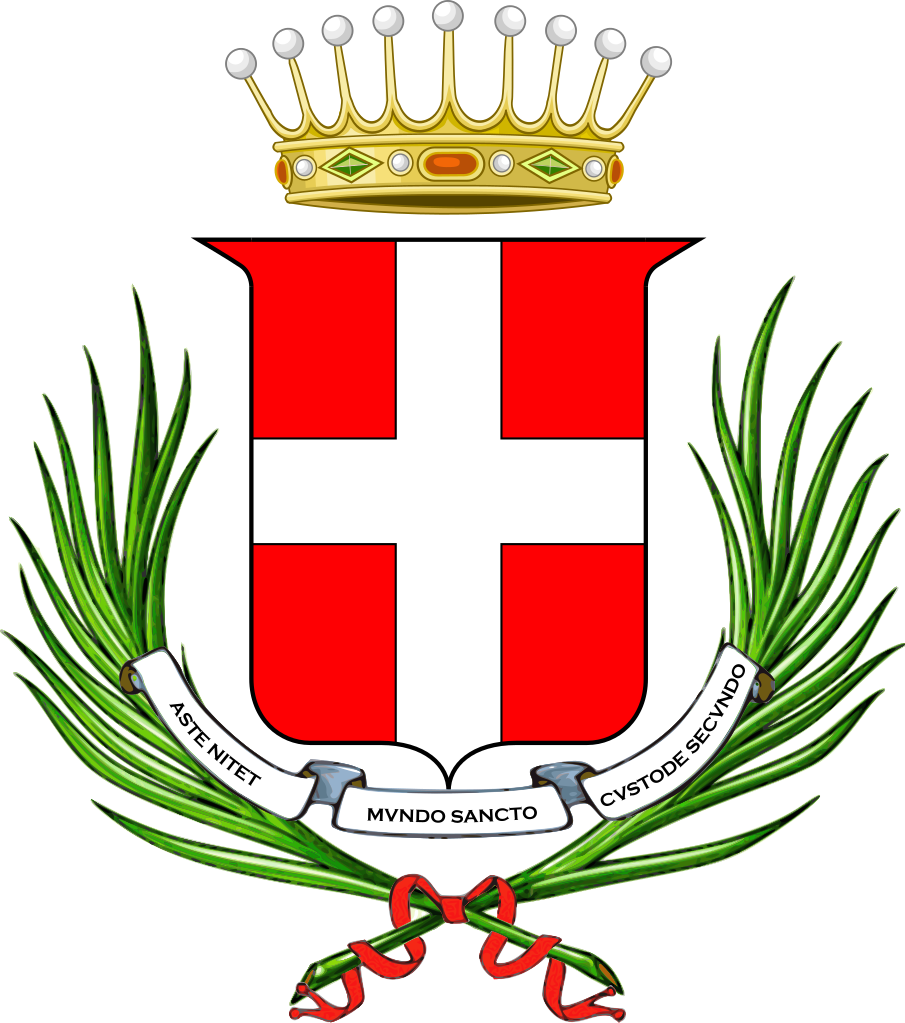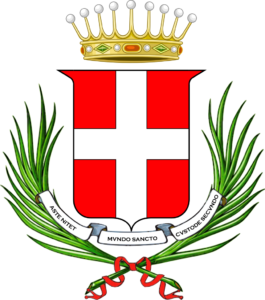It is the largest cathedral in Piedmont.
Rebuilt between 1309 and 1354 on the basis of the previous Romanesque cathedral, it underwent various renovations over the centuries.
The beautiful 11th-century floor mosaic in the presbytery area belongs to the previous Romanesque cathedral.
The Romanesque bell tower dates back to 1266.
The Cathedral Complex
The splendid square surrounded by ancient noble palaces forms, together with the Chiesa di San Giovanni (Church of Saint John) and the cloisters of the canons, the "Complesso episcopale della Cattedrale" (Episcopal Complex of the Cathedral).
A Journey Through History
Its history has its roots in the fifth century, but over the course of seven hundred years it has undergone numerous reconstructions. The exterior has retained its original Gothic features, while the interior was completely plastered and frescoed at the end of the seventeenth century.
Plan and Architectural Style
The cathedral has a Latin cross plan with three naves. The three rose windows on the facade and the vertical thrust highlight the Gothic style.
Frescoes and Paintings
In the cathedral, you can admire frescoes and paintings by painters from Asti such as Gandolfino da Roreto and Guglielmo Caccia. The frescoes of the Virgin Mary found in the presbytery area were painted by Carlo Innocenzo Carloni in 1768-1769. The main altar was designed by architect Benedetto Alfieri in 1733.



